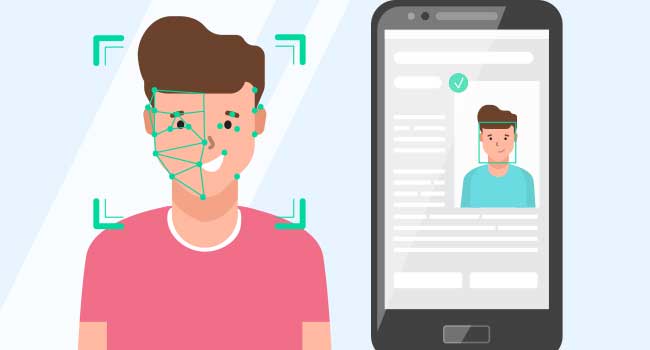
Maryland Schools to Test New Mobile Devices that Scan for Weapons, Trespassers
St. Mary’s Public Schools’ safety and security office will soon begin testing a mobile scanning kit that uses radio waves to detect weapons and has facial recognition capabilities.
- By Jessica Davis
- May 06, 2019
St. Mary’s Public Schools’ safety and security office will soon begin testing a mobile scanning kit that uses radio waves to detect weapons and has facial recognition capabilities.
“The unique piece about this technology is that it gives us capability to scan groups of people with a handheld device,” said Mike Wyant, safety and security director for county schools.
The scanning device is called SWORD and looks like a case that can be attached to an iPhone 8 Plus, iPad or Google Pixel 2XL. Security staff can aim the SWORD at a group of people as far as 40 feet away, and it will indicate if any of them are in possession of firearms, knives or explosives on their person or in their bags. Wyant said this is more effective than using a metal detector.
The school system’s safety coordinator, Charles Eible, said the SWORD kit includes a tripod, which security could potentially use with the device at events with large crowds.
“The challenge is monitoring large groups … this technology, potentially, is gonna help us accomplish that,” Wyant said.
The SWORD scanning device also features facial recognition capabilities. School officials can upload the photo of a “person of interest,” and scan the face of potential suspects to see if they match the photo. If a photo and face match, school security is notified and a school official will verify the person’s identity.
According to Wyant, the device is not connected to the school system’s database, meaning it is not connected to students’ personal information and school photos.
There have been concerns and skepticism as to the effectiveness of the new technology, as well as what effect it may have on privacy.
“My first inclination, at some point, we need to take a step back and evaluate what we’re using and how we’re using it,” Commissioner John O’Connor said.
“St. Mary’s is far ahead [as far] as school safety is concerned,” O’Connor said. “I appreciate wanting to stay there, but why are we beta-testing technology ... on our students? We want [students] to be safe, but we need to balance their privacy along with that,” he said.
The mobile scanning kit is still in its early stages but it’s expected that testing will begin at the end of or after this school year, Wyant said.
The school system plans to use a $49,505 state grand award to purchase five scanning kits and three 2-D mapping devices. The 2-D mapping devices, meant as “mini surveying equipment” for first responders on their way to an emergency incident, allows the phone to get the dimensions and images of a building to give the user a layout of the school, Eible said.
Wyant said the scanning kits and mapping devices will likely be tested at one or two high schools, if not all three. The school system has not yet purchased the equipment but plans to in late May or early June.
St. Mary’s will “probably be the first county that is using this software program,” according to Emily Allen Lucht, communications specialist with the Maryland Center for School Safety, which awarded the school safety evaluation grant. She noted privacy concerns raised regarding the new technology, but said that “at the end of the day, we’re here to make sure the kids are safe. Sometimes that means using new technology and embracing the future and the future of school safety.”
About the Author
Jessica Davis is the Associate Content Editor for 1105 Media.